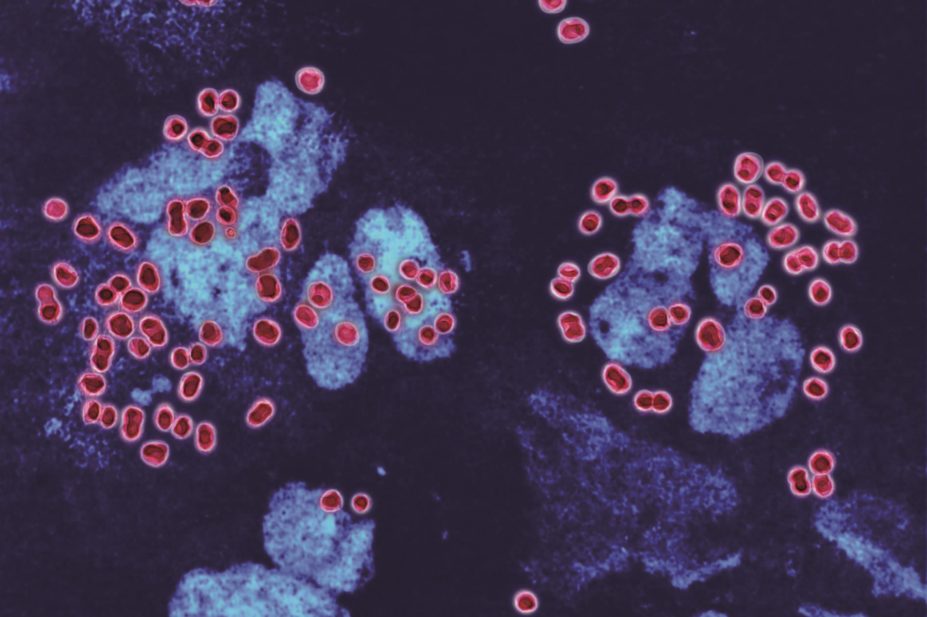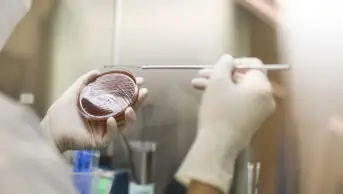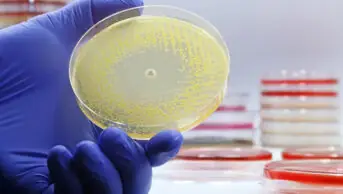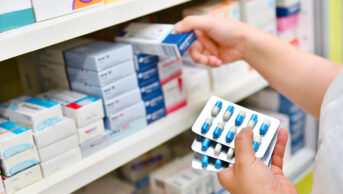
Cavallini James / Science Photo Library
Resistance to antibiotics used to treat gonorrhoea is increasing in England and Wales, according to figures published in the 2013 Gonococcal Resistance to Antimicrobials Surveillance Programme (GRASP) report [PDF].
There were 29,291 new cases of gonorrhoea in 2013, a 15% increase from 2012, according to the annual GRASP report, which is based on analysis of isolates from patients attending genitourinary medicine clinics.
A total of 86.5% of patients were prescribed the guideline-recommended dual regimen of ceftriaxone plus azithromycin. Heterosexual men were significantly more likely to receive the recommended treatment (93.7%) than women (84.3%) or men who have sex with men (MSM; 82.4%).
Resistance to both of the recommended antibiotics was observed. Three isolates with decreased susceptibility to ceftriaxone were found, all in heterosexual patients; the prevalence of azithromycin resistance increased slightly compared with 2012, most notably in MSM, and three isolates with high-level azithromycin resistance were found.
High-level tetracycline resistance also increased significantly, to 11.2%. This highlights the potential risk of using doxycycline as an alternative to azithromycin in dual therapy to treat gonorrhoea, the report states.
Resistance to other drugs historically used to treat gonorrhoea — cefixime, ciprofloxacin and penicillin — was noted, although as in previous years no spectinomycin resistance was observed.
“We are dealing with a bacterium that is adept at mutating to develop new resistance, so we cannot afford to be complacent,” says Gwenda Hughes, head of sexually transmitted infections at Public Health England. “Drug resistance is a very real threat to the treatment of bacterial infections and we must be alert to any new and emerging resistance trends observed through our programme.”


